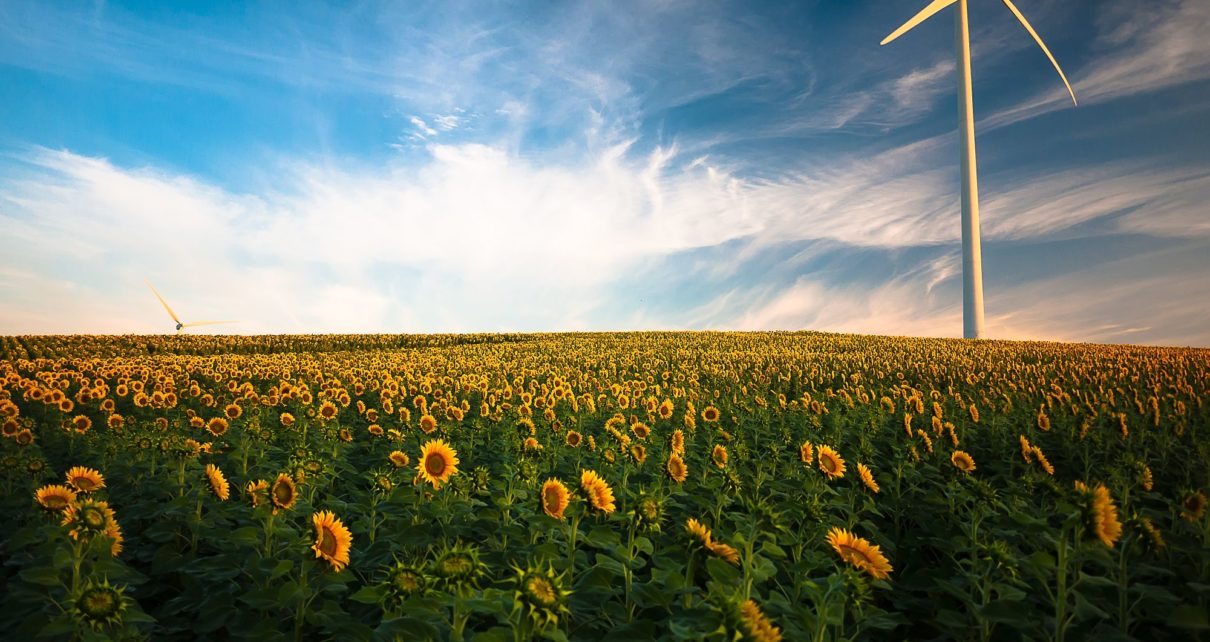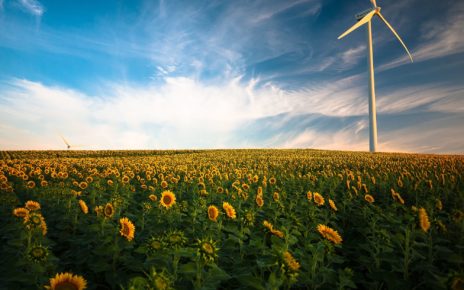By Leslee Jaquette
On our most recent trip to Joshua Tree National Park 140 miles south of Los Angeles, my son, Adam, and I had the unbelievable good fortune to arrive the day after a big rain. The desert was in extravagant, full bloom!
 Although I had to visit the park’s website to put names to the blossoms, we spotted lovely, bright flowers with equally vibrant names such as golden suncup, Prince’s plume and Wallace’s woolly daisy. Even my well-traveled 36-year-old son was enthralled with the burst of color, shooting dozens of images of luscious flowers he had never seen before on his many trips to the park.
Although I had to visit the park’s website to put names to the blossoms, we spotted lovely, bright flowers with equally vibrant names such as golden suncup, Prince’s plume and Wallace’s woolly daisy. Even my well-traveled 36-year-old son was enthralled with the burst of color, shooting dozens of images of luscious flowers he had never seen before on his many trips to the park.
When I visit Adam and my other LA- located son, Roger, the three of us web-footed Northwesterners visit the park, located near Twentynine Palms, Calif., for some quality time at least every other year. But never had we seen it in the full regalia of the spring bloom!
But don’t despair if you visit Joshua Tree, named for the phantasmagoric-shaped cactus trees that grow only at a certain elevation, at another time of year. There is so much to do with hiking, camping, wildlife viewing and, in general, getting lost in the beauty of this amazing and accessible natural treasure.
As rabid hikers, we are usually thrilled to simply take off on various trails where we inevitably scramble up the park’s wonderful rocks and formations. On this outing due to the rainfall, we also spotted teensy frogs, no bigger than my thumb nail, doing their thing in little puddles along the trails. It was really magical photographing these tiny critters that blend in with the multi-colored sand that otherwise we would have never seen.
The JTNP website (http://www.nps.gov/jotr/planyourvisit/desertpark.htm describes the park:
Joshua Tree National Park is immense, nearly 800,000 acres, and infinitely variable. It can seem unwelcoming, even brutal during the heat of summer when, in fact, it is delicate and extremely fragile. This is a land shaped by strong winds, sudden torrents of rain, and climatic extremes. Rainfall is sparse and unpredictable. Streambeds are usually dry and waterholes are few. Viewed in summer, this land may appear defeated and dead, but within this parched environment are intricate living systems waiting for the opportune moment to reproduce. The individuals, both plant and animal, that inhabit the park are not individualists. They depend on their entire ecosystem for survival.
 Two deserts, two large ecosystems primarily determined by elevation, come together in the park. Few areas more vividly illustrate the contrast between “high” and “low” desert. Below 3,000 feet (910 m), the Colorado Desert (part of the Sonoran Desert), occupying the eastern half of the park, is dominated by the abundant creosote bush. Adding interest to this arid land are small stands of spidery ocotillo and cholla cactus.
Two deserts, two large ecosystems primarily determined by elevation, come together in the park. Few areas more vividly illustrate the contrast between “high” and “low” desert. Below 3,000 feet (910 m), the Colorado Desert (part of the Sonoran Desert), occupying the eastern half of the park, is dominated by the abundant creosote bush. Adding interest to this arid land are small stands of spidery ocotillo and cholla cactus.
The higher, slightly cooler, and wetter Mojave Desert is the special habitat of the undisciplined Joshua tree, extensive stands of which occur throughout the western half of the park. According to legend, Mormon pioneers considered the limbs of the Joshua trees to resemble the upstretched arms of Joshua leading them to the promised land. Others were not as visionary. Early explorer John Fremont described them as “…the most repulsive tree in the vegetable Kingdom.”
We suggest that the next time you are in LA or San Diego you take a daytrip out to Joshua Tree for some outdoor-wonder time. Even if your visit doesn’t coincide with the spring bloom of the dessert marigold or green rabbitbrush, the park is magnificent year round – although hot as blue-blazes in the summer.
For all the details on trails, activities, warnings (carry water in your car!) and maps, please check out the website at http://www.nps.gov/jotr/planyourvisit/desertpark.htm
Photos courtesy Adam Jaquette




